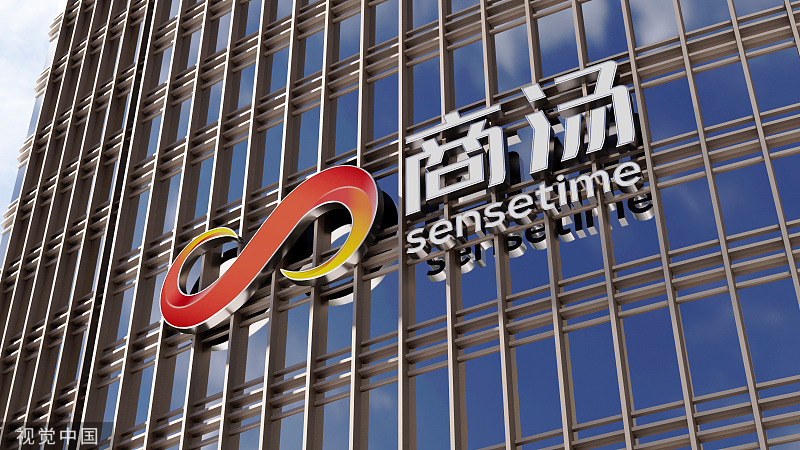
Artificial intelligence company SenseTime on Wednesday unveiled a Cantonese version of SenseNova 5.0 — its latest large language model, said to rival OpenAI’s GPT-4 Turbo — to fill the market gap in Cantonese-language usage scenarios.
“Generative AI models that integrate extensive foundational knowledge bring about cultural differences across regions,” said Xu Li, co-founder and CEO of SenseTime, adding that it sparks demand for large language models that are trained on local datasets to promote inclusiveness with specific dialects, cultures and practices.
READ MORE: CE expects half of HK firms to use AI by year-end
“The successful implementation of AI applications goes beyond cultural preservation but also serves the needs of the local context,” Xu said at the launch ceremony held at the Hong Kong Science Park.
According to the firm, the Cantonese version of its generative AI model application SenseChat will be officially opened to the public in July, with permanent free access.
The highlight of the launch event was SenseTime’s presentation, which backed up its claim that SenseNova outdoes ChatGPT in local usage scenarios.
This included — for comparison purposes — sending a headshot of famous Hong Kong singer and actor Andy Lau Tak-wah to the two chatbots; SenseChat was able to provide detailed information about the star, while GPT-4 was unable to identify him.
The Hong Kong-listed company’s share price closed 4.58 percent higher on Wednesday.
The AI giant last month released SenseNova 5.0 — an updated version of its first self-developed large language model introduced a year ago — as Chinese tech firms work to further develop their generative AI capabilities, following the rise of Microsoft-backed OpenAI’s ChatGPT chatbot.
SenseTime has yet to make a profit since its flotation in 2021. Its revenue dropped 10.6 percent to 3.4 billion yuan ($469 million) last year, of which 1.18 billion yuan was from its generative AI business. Co-founder Xu Bing on Tuesday told a media agency that the company aims to turn profitable within the next two years.
Hebe Chen, a market analyst at online brokerage IG, said SenseTime has positioned itself in the center of two sizzling-hot battlefields, one being the AI gold rush, in which SenseTime appears to be focusing on a “localized and specialized strategy”.
“Today’s unveiling of the Cantonese AI model is a crucial step in validating the effectiveness of this approach. Riding on the wave of the AI frenzy and robust policy support, the near-term outlook for the business and its market value looks promising,” Chen said.
Hong Kong officials have made technology and innovation a central priority, including applying AI technology to fast-track its smart city and digital government ambitions.
Chief Executive John Lee Ka-chiu on Tuesday told the Asian Investment Conference that the government is implementing more than 100 digital government and smart-city initiatives, while also expediting the establishment of an AI supercomputing center at Cyberport, a tech hub in the Southern District.
ALSO READ: Chan: HK can be a ‘superconnector’ for US firms eying expansion
Also, half the companies in Hong Kong are expected to be using AI in their operations by the end of this year, according to Lee.
However, geopolitical headwinds present a challenge for the Chinese tech firm. SenseTime has been included on a US investment blacklist as part of broad-ranging sanctions imposed to restrict the world’s second-largest economy’s progress in AI. Moreover, new US export restriction rules last year banned sales of advanced AI chips to China.
“Despite assurances of ample Nvidia chip reserves and the application of made-in-China chips, the evolving global chip landscape poses potential roadblocks for the company,” Chen from IG said. “As SenseTime navigates these challenges, strategic agility will be key to maintaining its competitive edge.”


